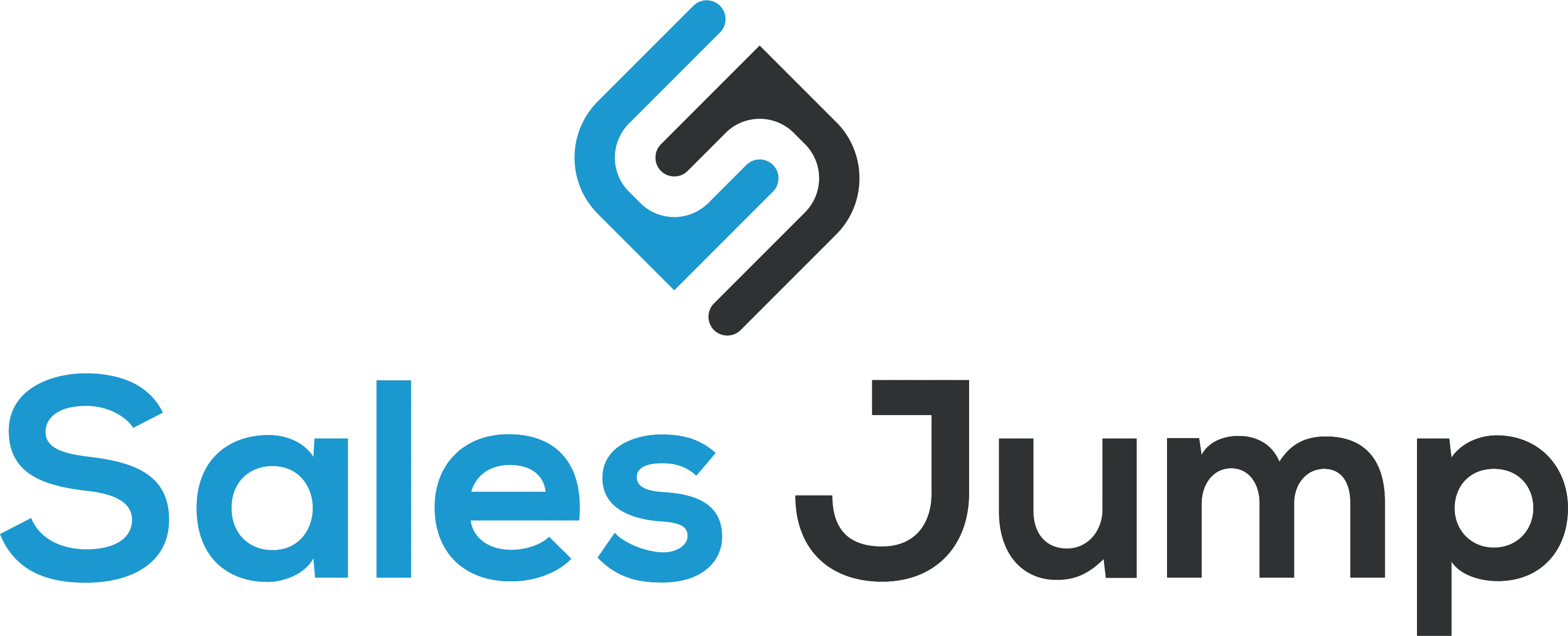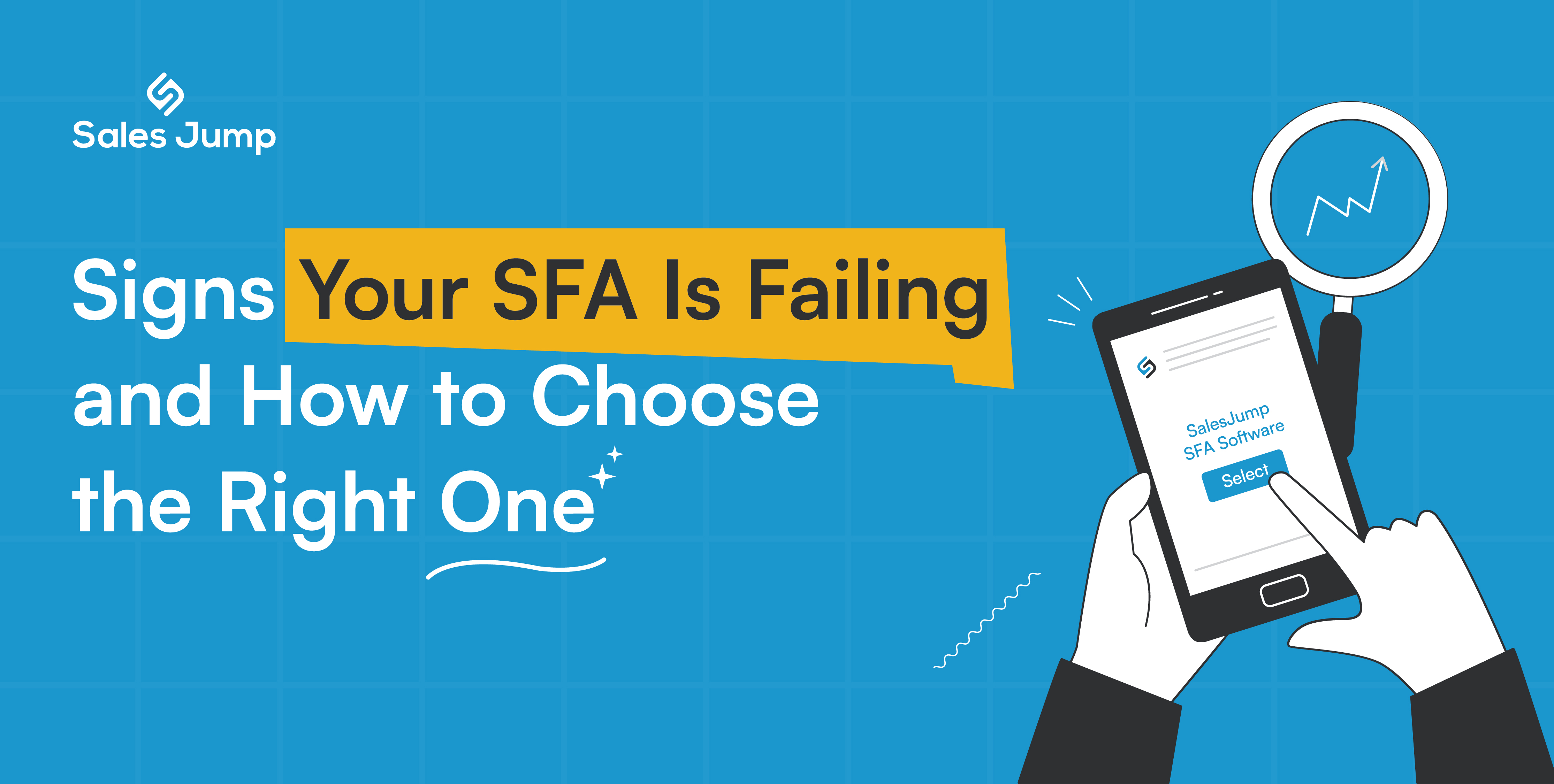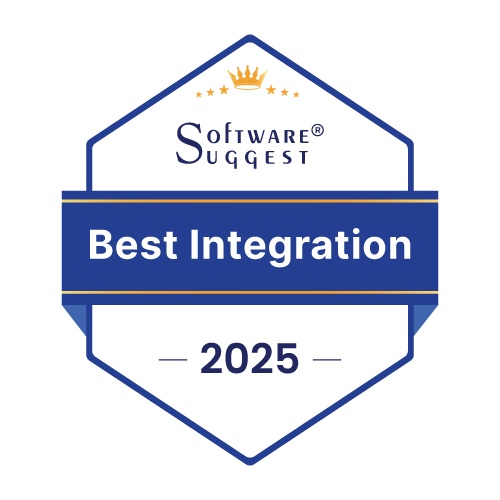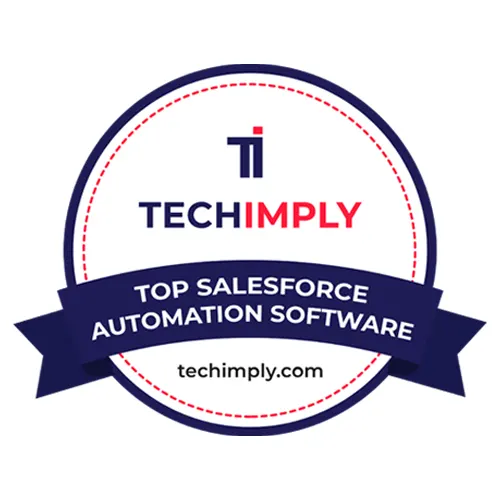When Your Sales Tool Turns Into a Sales Blocker
In fast-moving industries like FMCG, retail, dairy, and pharma, Sales Force Automation (SFA) software is the backbone of field operations. It streamlines order-taking, tracks sales reps, ensures timely reporting, and delivers insights that drive growth.
But here’s the reality: Even the best SFA from five years ago can become a liability today. Shifts in customer expectations, market competition, and technology mean that your current system might be slowing you down instead of giving you an edge.
This blog breaks down how to identify when your SFA has outlived its usefulness and how to choose a new partner who can take your sales performance to the next level.
Who Really Pays the Price?
When an SFA doesn’t work as it should, the impact goes beyond the software itself:
✔ Sales reps lose valuable selling time because they’re stuck entering data or fixing errors.
✔ Managers miss clear visibility, making it hard to track performance or plan ahead.
✔ Distributors and retailers face delays, leading to strained relationships.
✔ Decision-makers end up making choices without the full picture.
Over time, these small issues add up and can quietly slow down the entire business.
How to Recognize an Underperforming SFA
1. Your Sales Reps Avoid Using It
If your field sales team finds the SFA clunky, slow, or confusing, adoption rates will drop. A mobile-first SFA with an intuitive interface ensures reps actually use it, logging activities and orders in seconds, not minutes.
2. You’re Still Facing Data Delays
In sales, timing is everything. If your SFA only syncs data at the end of the day or requires manual uploads, you’re missing out on real-time insights. Modern SFA software offers instant field data updates, enabling faster decisions.
3. No Mobile-Offline Support
In industries like FMCG, pharma, dairy, or CPG, sales reps often work in low-network areas. Without offline access, orders and activities get delayed. A good mobile-first SFA works seamlessly with or without internet connectivity.
4. Manual Work Hasn’t Disappeared
The whole point of sales automation is to remove manual tasks. If your reps still fill in spreadsheets, double-enter data or chase approvals on WhatsApp, your SFA is not doing its job.
5. Inaccurate or Incomplete Reports
If your sales reports are riddled with errors or missing details, you can’t trust them for forecasting. A modern SFA with advanced analytics offers accurate, visual reports for better planning and performance tracking.
6. Lack of Industry-Specific Features
Not all businesses are the same. FMCG sales teams need route & beat planning; pharma teams need doctor call tracking; dairy businesses need van sales modules. If your SFA feels generic and doesn’t fit your processes, it’s costing you efficiency.
7. It Doesn’t Integrate with Other Systems
Disconnected systems mean wasted time and errors. Your SFA should integrate with ERP, CRM, inventory, and payment systems to create a unified sales ecosystem.
8. You Can’t Track Field Activity in Real Time
If you don’t know where your reps are or what they’re doing, you can’t optimize routes, reduce store-skipping, or ensure accountability. Look for an SFA with geo-tagging, geo-fencing, and live tracking to keep field operations transparent.
9. No Insights for Sales Growth
If your SFA can’t help you identify high-performing products, best-selling territories, or reps who need support, it’s just a digital logbook. Today’s sales automation software should offer predictive analytics and gamification tools to actively drive growth.
The Cost of Holding On to a Broken SFA
An ineffective SFA doesn’t just frustrate your team it quietly drains resources:
✔ Lost selling time due to slow systems
✔ Revenue leakage from missed opportunities
✔ Poor customer experience from delays and errors
✔ Inaccurate forecasts leading to stockouts or overstock
How to Pick an SFA That Won’t Fail You Again
When you know your current system has reached its limits, the next step is finding a partner who can deliver now and in the future. Here’s a streamlined, insight-rich checklist to guide your evaluation:
1. Industry Alignment
Look for features built for your sector’s workflows, order sizes, distributor models, and compliance needs.
2. Comprehensive Core Features
Order management, route planning, attendance tracking, inventory sync, and performance dashboards should be ready to use not just “available with customization.”
3. Mobility and User Experience
Native mobile apps, offline capability, and a clean, fast UI are non-negotiable for field teams.
4. Cloud Reliability
Scalable architecture and strong uptime SLAs ensure the system grows with you without interruptions.
5. Seamless Integrations
ERP, CRM, BI tools, and payment systems should connect effortlessly. API availability is essential for future flexibility.
6. Actionable Analytics & AI
Real-time insights, forecasting, and AI-driven recommendations help your team respond faster and smarter.
7. Flexible Customization
The ability to tailor workflows, screens, and approval chains to match your exact business rules.
8. Proactive Reporting & Alerts
Instant alerts for out-of-stock situations, KPI drops, or missed visits keep managers in control.
9. Fast, Supported Deployment
A clear implementation plan and change management support ensure minimal disruption.
10. Training & Ongoing Support
Structured onboarding, self-help resources, and 24/7 support channels maintain momentum after launch.
11. Adoption Strategies
Tools like gamification and incentives keep engagement high long-term.
12. Total Cost of Ownership
Look beyond licensing include device, connectivity, and operational costs when calculating ROI.
13. Future-Readiness
Check the roadmap for AI integration, omnichannel support, and gamification features that will keep you competitive.
Don’t Wait for Sales to Suffer
If your current SFA is slowing you down, the cost of staying put will likely outweigh the investment in a better solution. The right partner won’t just replace your software — they’ll help you transform your sales operations.
SalesJump combines industry-specific expertise, proven results, and a forward-looking feature set to help companies outpace their competition in the digital sales era.




